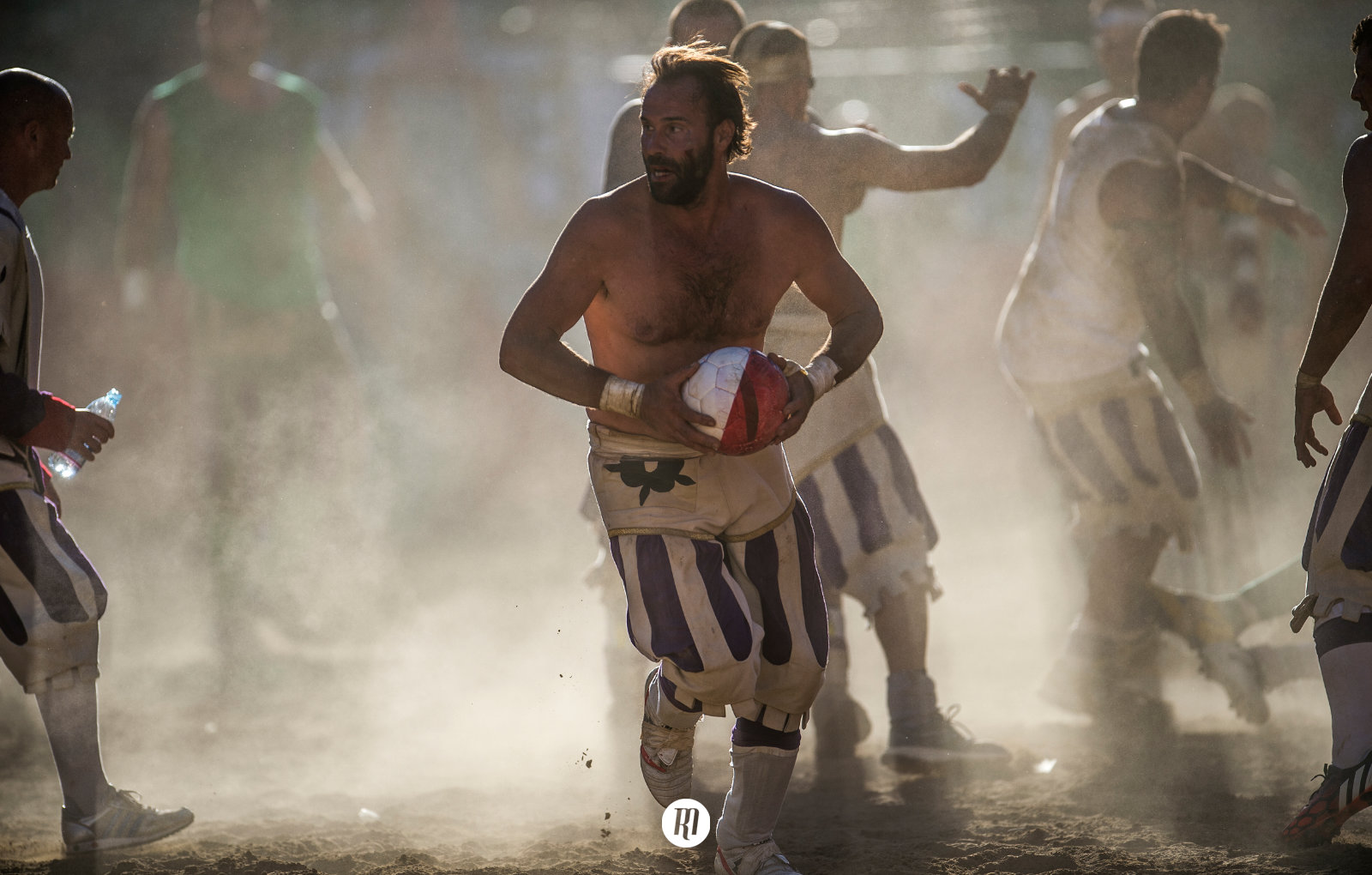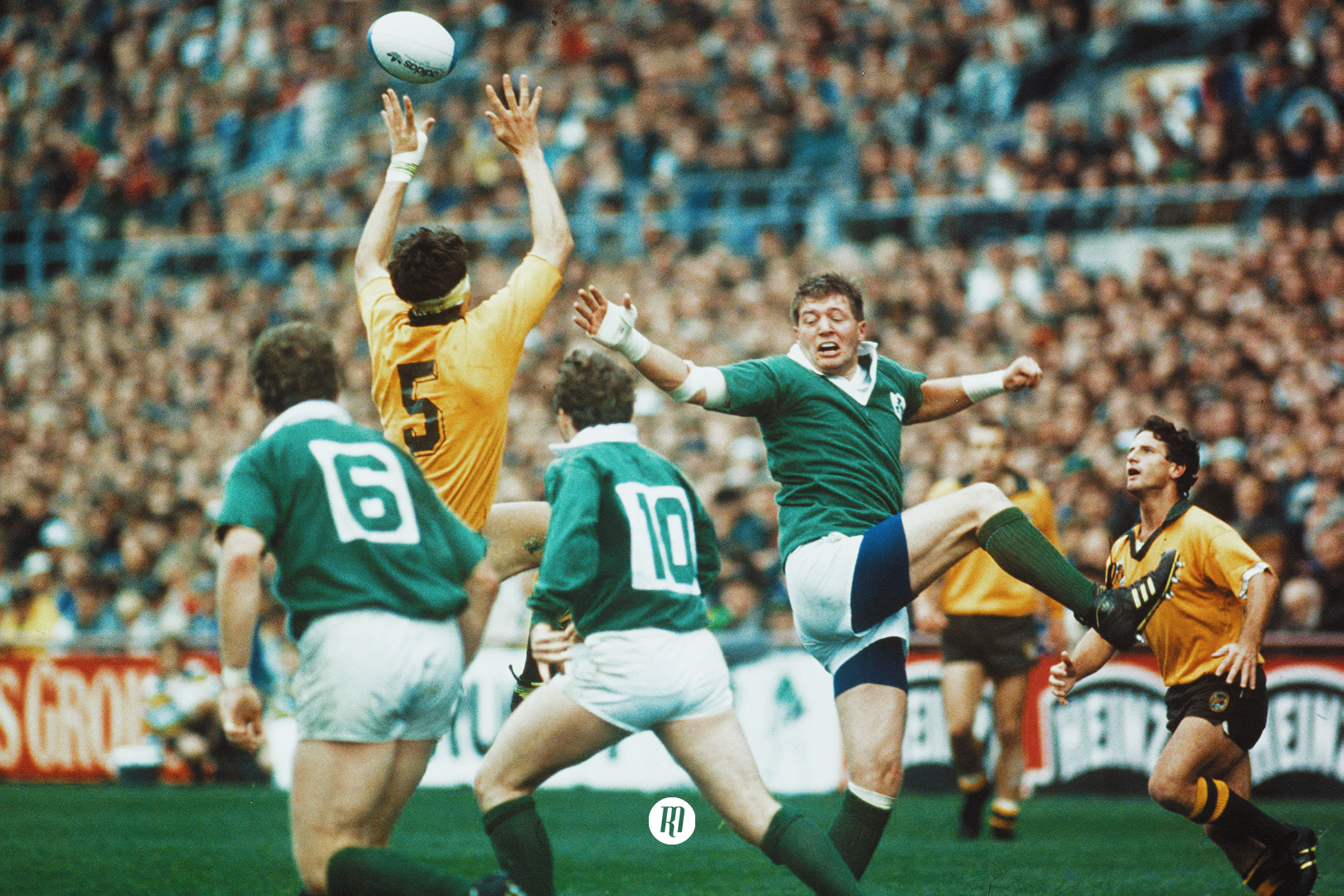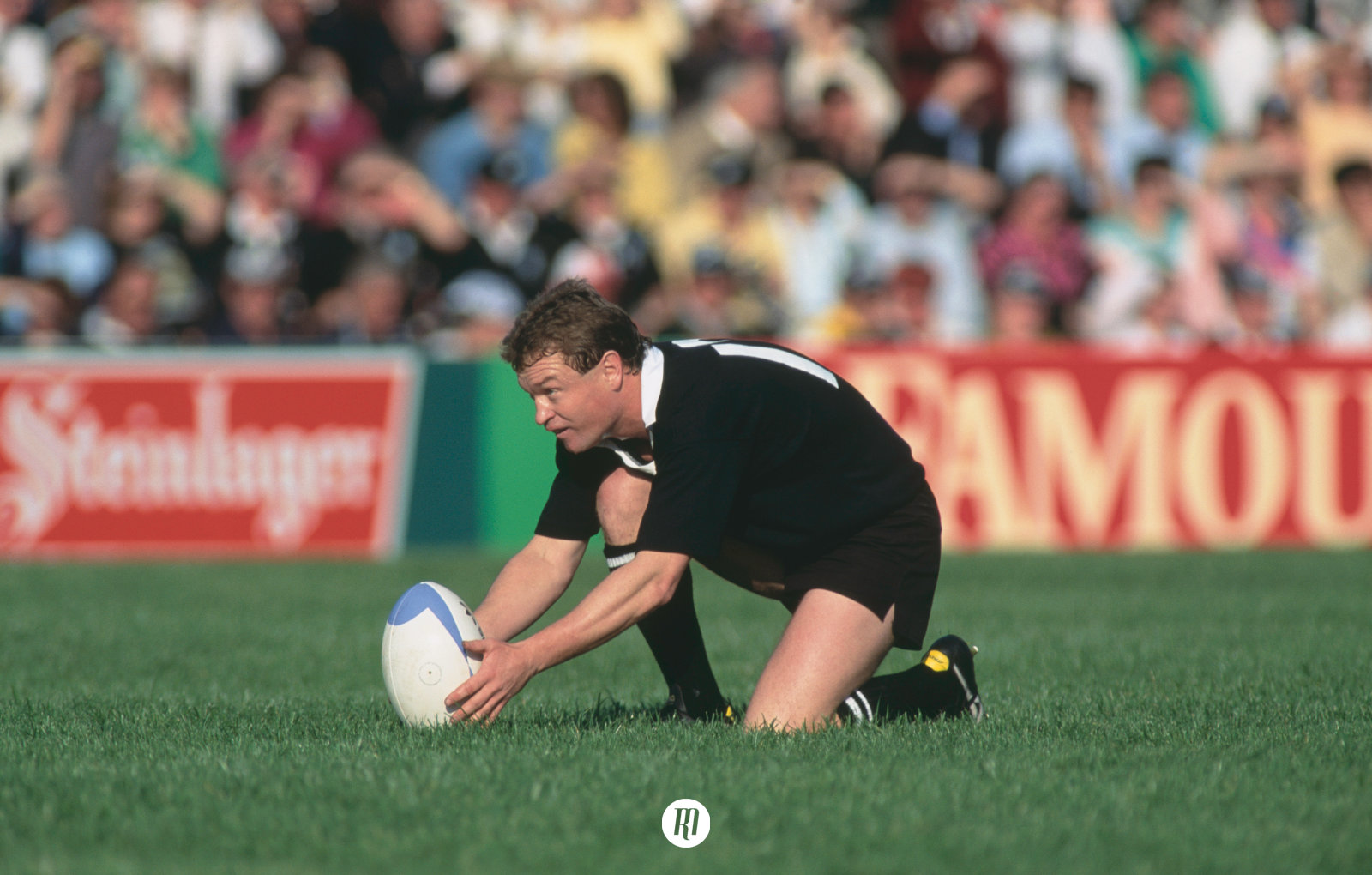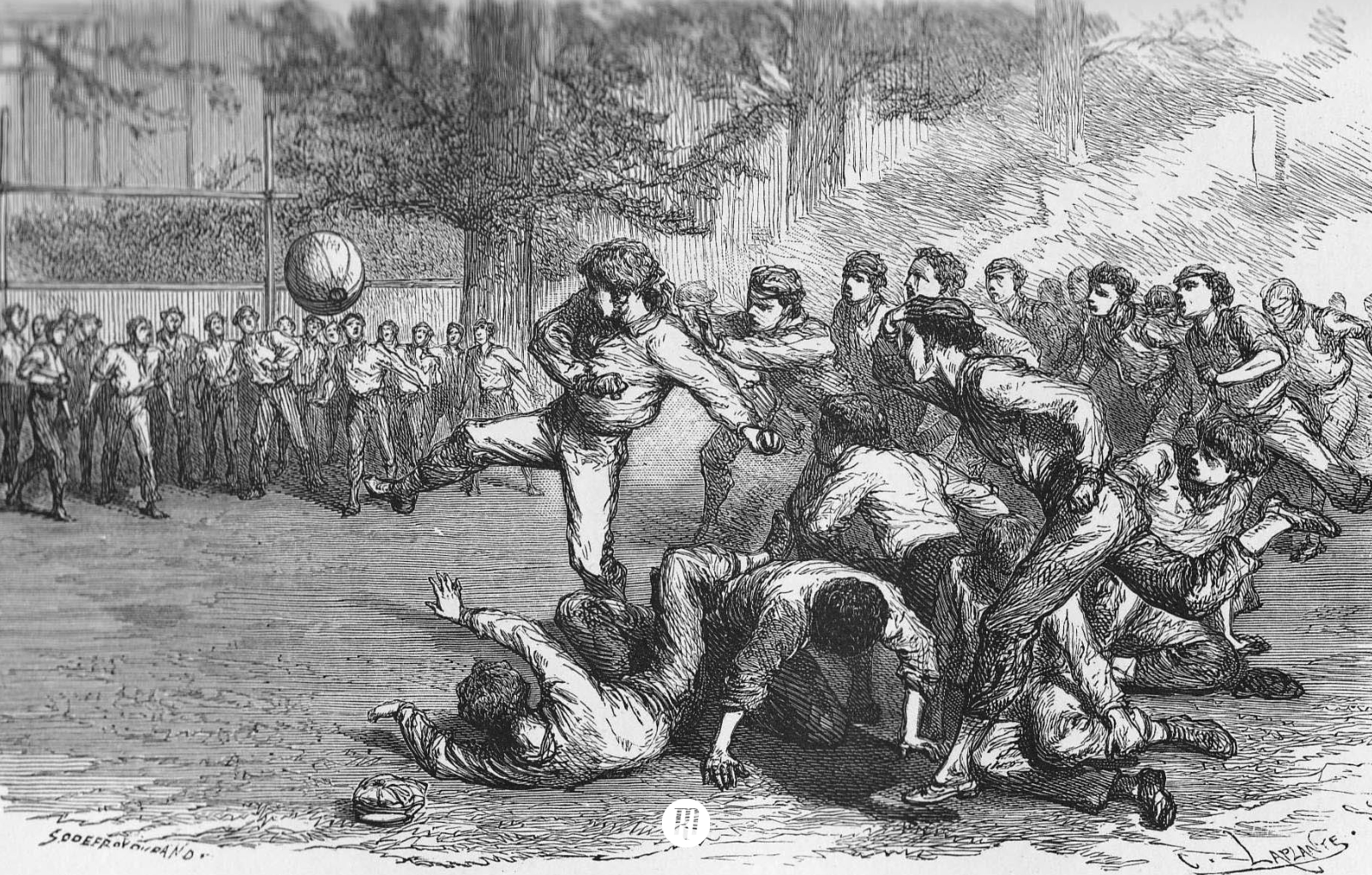Beginnings: Charting rugby's ancestry
While Rugby has its genesis at a rural school in Warwickshire, the true beginnings of the sport hark back to much earlier games played both in Britain, and across the world.
Rugby’s genesis is marked as 1823 at Rugby school in Warwickshire when a certain William Webb Ellis is attested to have caught the ball and run with it. The true beginnings of the sport however hark back to much earlier games played both in Britain, and across the world.
Mankind has been playing some form of ball sport for vast periods of recorded history: the Chinese played perhaps the earliest recorded form of football in the 3rd and 2nd centuries BC, where one had to kick the ball into a goal of bamboo and netting, though handling was not allowed.
Indeed, the Romans played a sport called Harpastum, which itself was a Romanised version of a Greek game, which closely resembles rugby. We don’t know much about this game, other than the fact that it was very violent, and it’s likely that the Romans brought it with them when they landed on Blighty’s rainy shores in the first century AD.
In Florence, during the 16th century, they played the ‘Florentine kick game’, Calcio Fiorentino, or simply Calcio, which is now the name for association football in Italian. You can see this game being played on the 'Medici: Masters of Florence' series on Netflix, and it is thought to be a revival of the Harpastum game. It had official rules published in 1580 and was a mix of football, rugby, boxing and wrestling - a bit of everything really.
Moving to Britain: in Cornwall, they had a game called hurling, though this is not to be confused with Irish hurling against which there are profound differences. This is considered Corwall’s national game, and is still being played today. It is believed to be an evolution of a game called La Soule, played in Normandy and Picardie during the middle ages, and brought over with the Normans when they conquered England. As with the other games, the aim is to score a goal, though the field of play is not small, at around 20 square miles.
Cornish hurling was similar to Cnapan, a game that was played in South Wales, which is no surprise given the historical connection between the two areas. The aim of Cnapan was to get the ball to your own parish church, and there could be up to 1000 men on each side, with labourers and peasants playing on foot, and the gentry on horseback.
There was a similar game played in East Anglia between the 15th and 18th centuries called Campball, or Camping, and was again a regionalised version of La Soule, though this game was noted for its level of violence.
There were many other similar games played across England, each having evolved based on their regional and geographical placement, and each local match stirred intense rivalries, and loss of life was not uncommon, as the contest for possession and a lack of rules left players to win the ball in any way they could.
You can see though from the descriptions, that all of these early sports across Europe resembled rugby far more than they did football, and indeed football being a sport where one could only use one’s feet does seem to be the exception to the rule. And so, it is odd that each of these games should be labelled as games of foot-ball. After digging a little deeper into why this might be the case, it seems there is no definitive answer.
Of course, association football in its earliest days allowed the handling of the ball by players, but today it is hard to disassociate the name from a sport where one does simply play it with one’s feet.
By the early 19th century though, the popularity of these folk sports was slowly beginning to wane, as village society was turned upside down by industrialisation, and the movement of people into towns and cities. Even then, the stringent timings of being a factory worker ensured people were unable to put their time into sporting pursuits, and even if they could, the means of suppressing unofficial games were increased with the creation of police forces in 1829, and the Highways Act of 1835.
But while these built up areas deprived people of a place to play their games, the reverse was true in rural public schools where varying forms continued to take place unabated. These games channelled young boy’s energy into organised activities, that while violent and aggressive, were also controlled. A young gentleman could learn restraint, fair play and gentlemanly conduct on the sports field.
And so it was at Rugby School, that hallowed place where the story of rugby would unfold.

Filed under:
Historical Series
Written by: Edward Kerr
Follow: @edwardrkerr · @therugbymag




